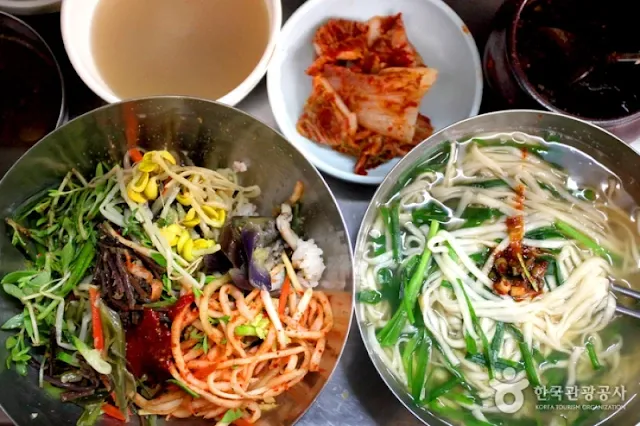South Korea's Society
The Nature of South Korean Society and Its Diversity
1. Demographics: South Korea is one of the most densely populated countries in the world, with an estimated population of around 52 million. The majority of the population lives in urban areas, with the capital city, Seoul, and the port city of Busan being major population centers. The society is relatively homogeneous, with ethnic Koreans making up the vast majority of the population, though there are also communities of Chinese, American, and other nationalities living in the country.
2. Social Values: Social values in South Korea are heavily focused on familial ties and respect. The family is considered the core unit of society, and there is a strong emphasis on respecting elders and prioritizing education. Success in academics and career is highly valued, contributing to a culture of hard work and discipline.
3. Social Changes:
In recent years, South Korea has witnessed significant social changes, particularly concerning women's rights and gender equality. While progress has been made, challenges remain regarding wage equality and female representation in high-level positions. Additionally, the increasing cultural diversity due to immigration contributes to a broader understanding and appreciation of different cultures within South Korean society.
South Korean Culture
1. Cultural Heritage and Arts: South Korea boasts a rich and colorful cultural heritage with roots extending back thousands of years. Traditional Korean arts include dance and music, with notable forms such as "pansori," a traditional Korean opera, and "janggu," a type of drum used in various traditional performances. The country celebrates numerous traditional festivals, such as "Chuseok" and "Seollal," which reflect the community's respect for its historical roots and traditions.
2. Language and Literature: The Korean language is central to South Korean culture and is written using the "Hangul" script, developed by King Sejong the Great in the 15th century. Korean literature encompasses a wide range of genres, from poetry to contemporary novels. Notable authors include Kim Young-ha and Park Min-kyu, who have brought Korean literature to international prominence.
3. Cinema and Drama: South Korean cinema has gained global recognition in recent years, with films like "Parasite" and "Train to Busan" showcasing the country's innovative storytelling and artistic depth. South Korean dramas, or "K-Dramas," also enjoy widespread popularity and contribute to the global spread of Korean culture.
Traditions and Customs
1. Traditional Clothing: Traditional Korean clothing, known as "Hanbok," is a symbol of Korean heritage. Hanbok is characterized by its vibrant colors and distinctive designs and is worn on special occasions such as weddings and festivals. Today, Hanbok is preserved as a cultural symbol and is worn during traditional celebrations.
2. Food and Culinary Traditions: Korean cuisine is known for its diversity and rich flavors, relying heavily on fresh ingredients and spices. Some key dishes include:
- Kimchi: A staple side dish made from fermented vegetables such as cabbage, radish, and seasoned with chili pepper and garlic. Kimchi is an integral part of Korean meals.
- Bibimbap: A dish consisting of rice mixed with a variety of cooked vegetables, meat, and often topped with a raw or fried egg. It is served with "Gochujang," a spicy red chili paste.
- Samgyeopsal: Grilled pork belly slices served with vegetables and rice, often accompanied by a thick dipping sauce.
- Jajangmyeon: Noodles in a thick black bean paste sauce, mixed with pork and vegetables, is a popular fast food item in Korea.
3. Social Etiquette: Social etiquette in South Korea is crucial, reflecting the importance of respect and politeness in daily interactions. Proper greetings, speaking in a low voice, and using titles rather than first names are customary. Koreans are known for their courteous behavior and adherence to social norms, which underscores their respect for tradition.
References and Documents
- "Korean Culture and Society", Korea University.
- "The Korean Wave: Korean Media Go Global", by Youna Kim.
- "Korean Food: A Social History", by Jin Kim.
- "Cultural Heritage of Korea", by Kim Seong-jin.
- "Korean Cuisine: An Overview", Gourmet Traveller Magazine.
- "The History of Korean Cuisine", by Lee Young-jin.
South Korea offers a compelling example of how traditional cultural values can harmoniously coexist with modern advancements. Understanding South Korean society, culture, and traditions provides valuable insights into how diverse cultural elements can interact and enrich global understanding.










No comments